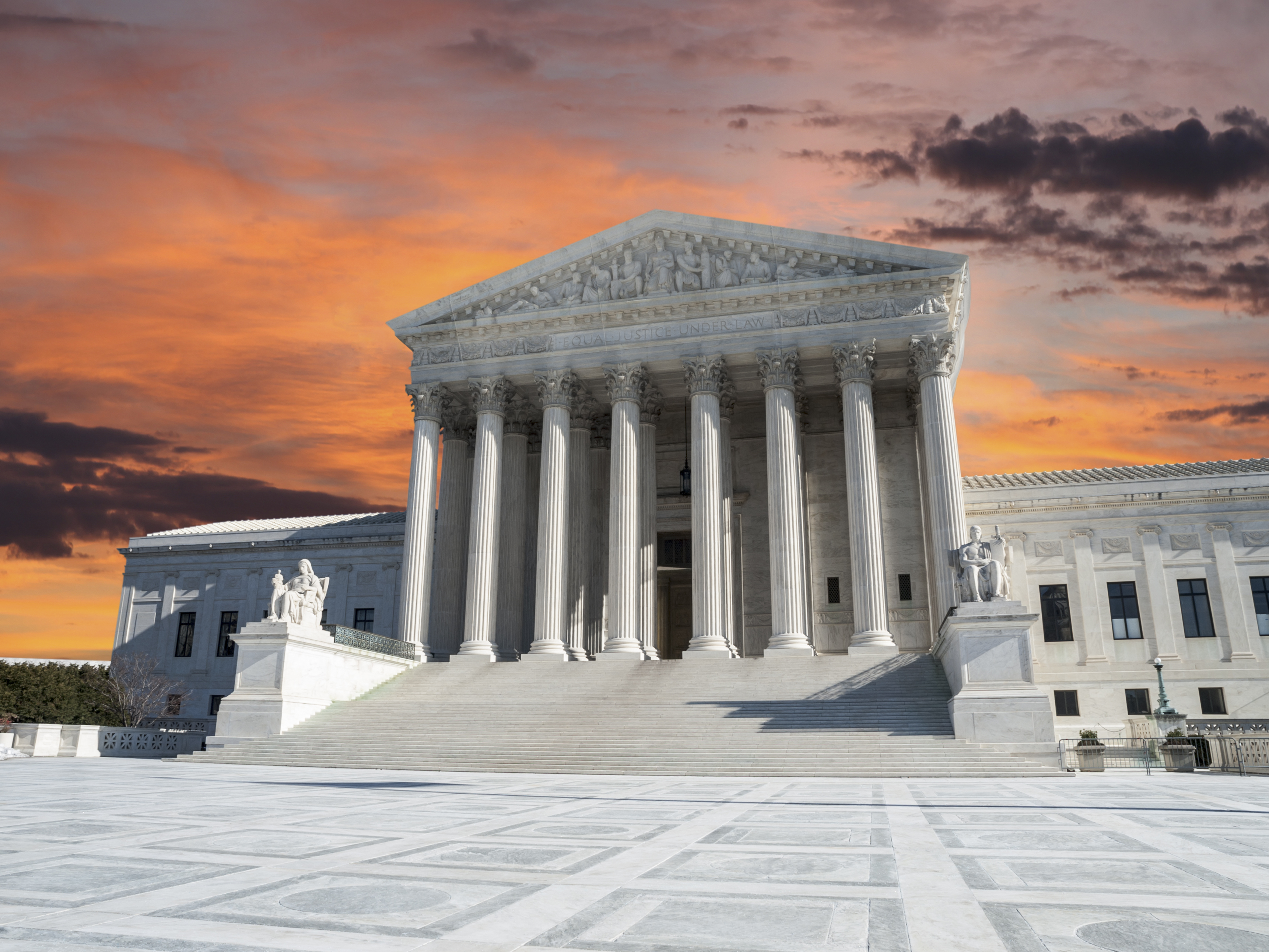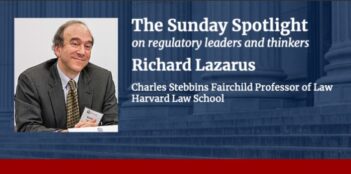
The Regulatory Review features commentaries on this term’s oral arguments in Michigan v. EPA.
Regulatory cost-benefit analyses are high-stakes endeavors. When a regulation has the potential to impose millions, or even billions, of dollars in regulatory compliance costs on industry, regulators typically must show that the benefits of the rule in question are worth the costs of implementing and enforcing it.
Over the past several decades, cost-benefit analysis has become an integral part of the federal rulemaking process. It is required for all major rules, and the government has become increasingly sophisticated in its ability to predict the likely outcomes of various courses of action.
Despite the ubiquity of cost-benefit analysis today, at times agencies confront uncertainty, or even conflict, about how it should factor into specific decisions. Questions arise over what regulators should take into account when assessing costs and benefits as well as how certain an agency must be of the accuracy of its calculations to base decisions upon them. Are there points in the regulatory process when agencies should not even try to rely on cost-benefit analysis?
The Regulatory Review presents a three-part series that considers these issues in the context of the U.S. Environmental Protection Agency’s (EPA) decades-long fight to regulate mercury, arsenic, and other toxic air pollutants emitted by power plants. The EPA’s rule is under fire in Michigan v. EPA, currently before the Supreme Court. Twenty-one states and a coalition of power plant and coal industry representatives have challenged the adequacy of the EPA’s cost-benefit analysis of its air pollution regulation. Specifically, the challengers contend that the EPA failed to consider properly the costs of regulating hazardous air toxins emitted by large power plants.
In November of last year, the Supreme Court agreed to hear the case to answer the question of whether the EPA acted unreasonably when it “refused to consider a key factor (costs) when determining whether it is appropriate to regulate hazardous air pollutants emitted by electric utilities.”
The authors in this series, law students at New York University Law School who helped with a brief filed by the Institute for Policy Integrity, highlight that the EPA does not dispute that costs should be considered in environmental regulation. Instead, they emphasize that the debate centers on whether the EPA should have considered costs in making its initial determination to regulate mercury and other toxic pollutants emitted by power plants under the Clean Air Act.
The state and industry petitioners in the Michigan case argue that the EPA should have factored $10 billion in compliance costs into its initial decision of whether to regulate mercury emissions. The EPA, on the other hand, contends that it was not required to consider costs during the initial question of whether to regulate. Cost-benefit calculations, the EPA argues, become relevant only later on, when the regulation is actually drafted and pollution standards are set.
Each of the essays draws on the authors’ experience observing the Supreme Court’s oral arguments in Michigan v. EPA earlier this spring.
Supreme Court Weighs When Agencies Must Consider Costs
April 28, 2015 | Daniel Cheung
Should costs be considered when designing and implementing environmental regulations? Absolutely – the EPA has not disputed this point. But both common sense and statutory interpretation show that it would be improper to compel the EPA to consider costs at the initial listing phase.
Counting Benefits at the High Court
April 29, 2015 | Cerin Lindgrensavage
Legal precedent not only supports, but also requires the EPA to take indirect effects of its regulations into account. The industry petitioners in Michigan v. EPA are not just bucking precedent, guidance, and executive orders with their arguments; they are also arguing against themselves.
The Supreme Court Scrutinizes EPA Regulation
April 30, 2015 | Hilary K. Nakasone
During the hearing, much of the debate centered on the question of whether the EPA must consider costs at the initial phase, when it decides whether to regulate sources at all, or whether it is permitted to defer consideration of costs until it sets the emission standards for those sources.



